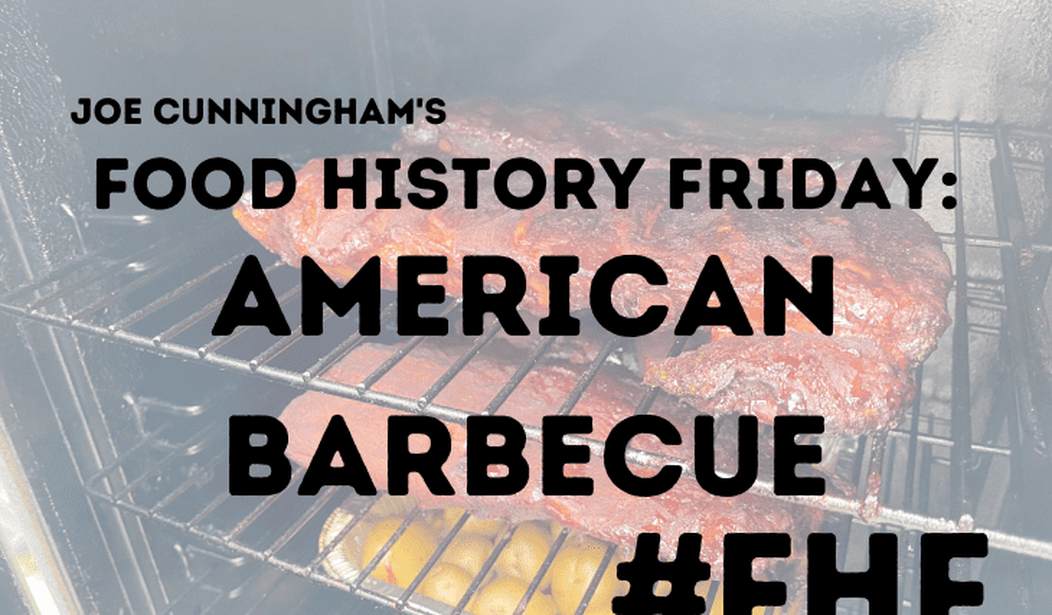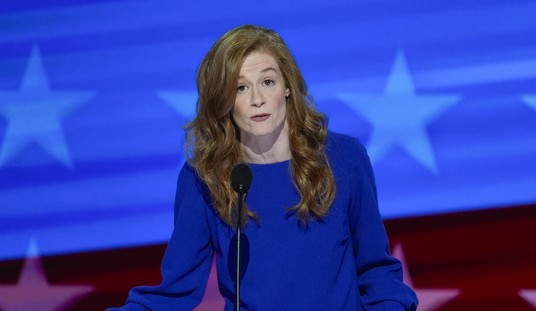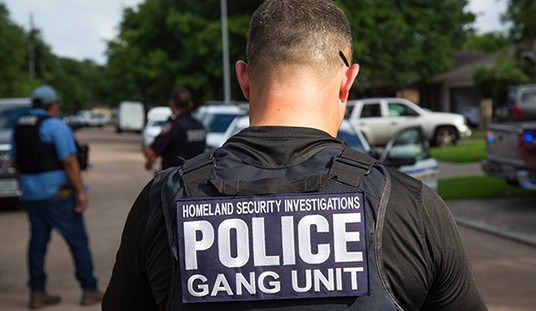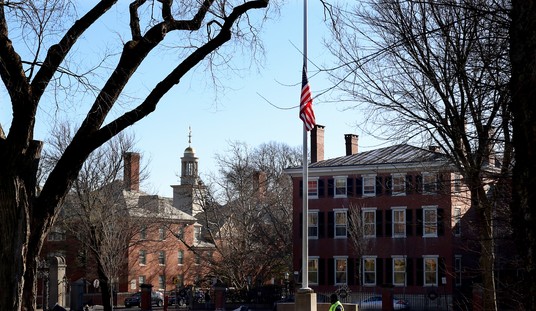This week on #FHF, we start a weeks-long walk journey through the history of one of the most American food legacies: Barbecue.
A couple of weeks ago, I mentioned that food has been cooked over flames and smoke for a really long time. We don’t quite know when or where the discovery was made, but man has since been in absolute awe of the transformative power of heat and smoke on foods. It is used to cook and to preserve, and it is used to flavor.
On a technical level, it’s all about moisture particles and surface area — a lot more science than math I care to dive into in any given moment. But, the end result is some of the greatest food on earth, and it starts with something as simple as an open flame.
Cooking food is as old as the first communities of man brought together, but the idea of slow-roasting using smoke and indirect heat came to America via Spanish explorers making a pit stop in the Caribbean.
When those explorers, led first by Christopher Columbus, hit the West Indies, they discovered the native peoples there cooking food using big, smoky fires from dried branches and trees, and the food skewered or draped over green (much fresher) wood and roasting indirectly. This green wood contained much more moisture than the dried wood of the fires and therefore didn’t burn nearly as quickly. As a result, the food would absorb the flavors of the smoke, but cook at a much slower pace than the food Europeans were used to because it was not burning as it cooked a short distance from the actual source of heat.
The process, called barbacoa by the natives, left an impact on the explorers, who carried it with them into the unsettled territories of the Americas as more and more Europeans come over, met with and adopted the style of cooking, and took it into the colonies the Europeans would eventually settle.
It gained a big following in Mexico, as both explorers and natives adapted and carried on the tradition. In Central America, they adapted the process by digging a hole in the ground, filling it with the burning wood, and then heat-conducting rocks to distribute the heat evenly.
From there, they would salt then wrap the meat of whatever animal they were cooking in agave leaves, set it into their in-ground fire pit, and cover it with dirt to distribute the heat through the meat and keep it trapped in an oven-like setting. This smoky, slow-roasting method created stellar flavor, and cooked the meat until it was falling off the bone, but trapped with the moisture sealed into it with the leaves.
This is also where we got some of the first barbecue sauces, the early salsas and moles, that would be made to go with the meat. This tradition still carries on today, and you can see it along the border of Texas and other southern and western states with deep connections to Latin America.
In North America, various sources place barbacoa-style cooking all the way up into New England, but it really settled into the Virginia and Carolina territories before too long. The modern-day American identity of barbecue began here, and despite how diverse the style of cooking has become, the process remains largely the same: low levels of heat and slow-roasting of the meat. This “low and slow” style of cooking persists as part of mainstream American culture, spawning competitions, television shows, books, movies, and every other form of entertainment possible.
Next week, we start with the Carolinas, and how the origin of American barbecue spills even into American politics.













